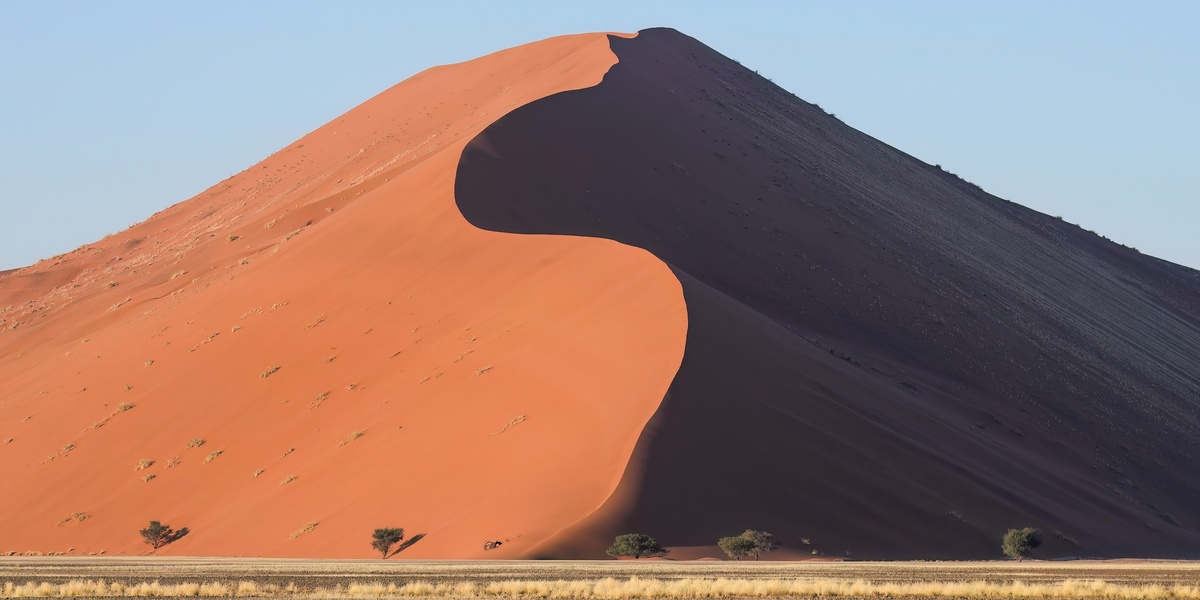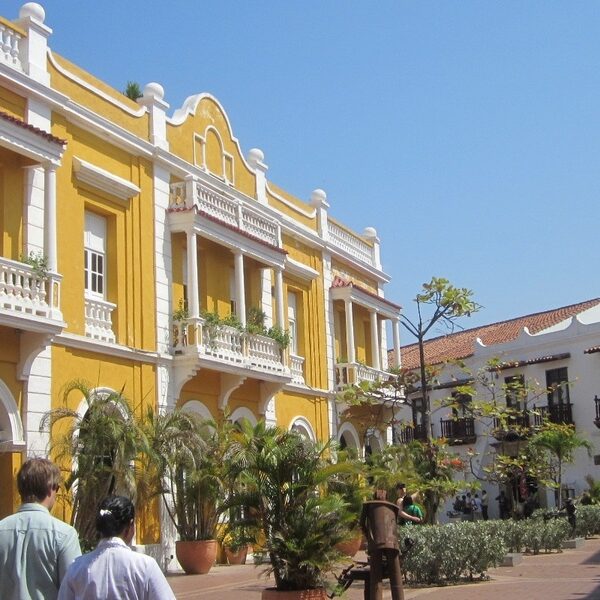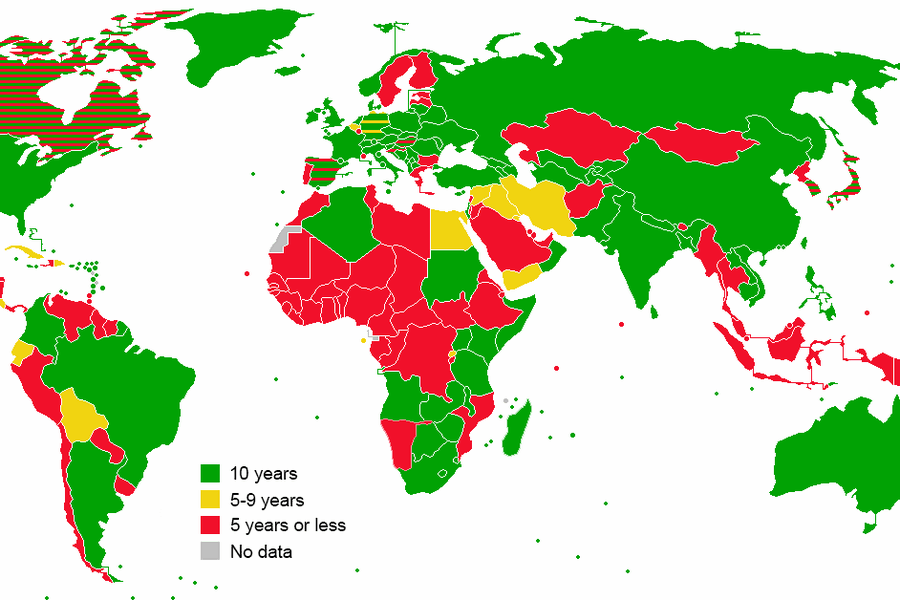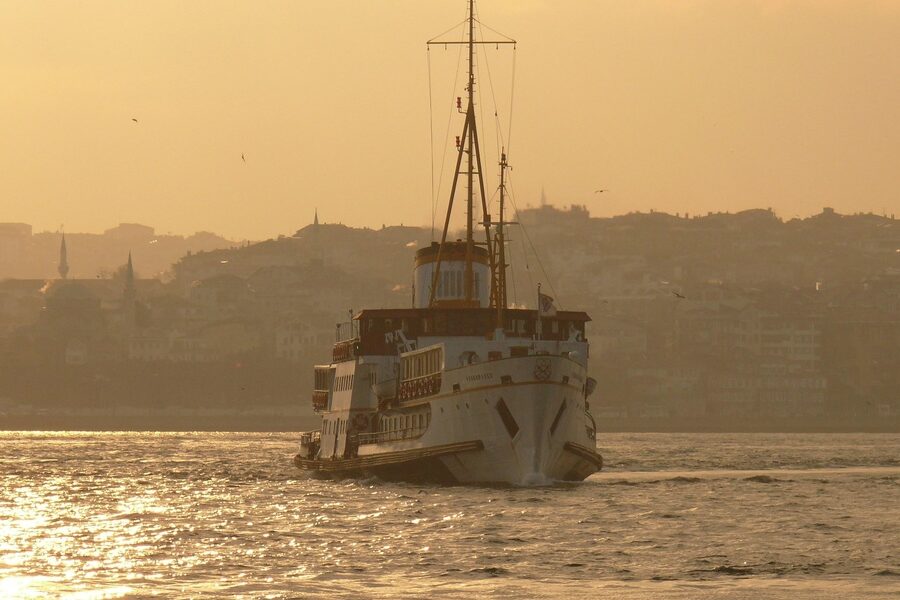A third of Namibia is dominated by the ancient Namib Desert, where sand dunes like ‘Big Daddy’ rise roughly 325 meters above the valley floor — an otherworldly backdrop for adventure.
Low population density, dramatic geology, and a network of parks and conservancies concentrate wildlife and create vast, accessible landscapes—Sossusvlei’s rust-red ridges, the salt-bright pans, and the cold Atlantic shoreline all feel cinematic. These conditions make Namibia an ideal place for travel that’s both exhilarating and intimate: you can scramble up wind-sculpted dunes at dawn, float quietly above them in a balloon, track desert‑adapted elephants in gravel plains, or watch the Milky Way unfurl in one of Africa’s darkest reserves.
If you’re after memorable scenery, rare encounters, and low‑impact experiences, this guide lists eight specific adventures, with concrete logistics, operator examples, and practical safety and sustainability tips to help you plan your trip and choose responsible providers — here are adventurous things to do in Namibia, organized by desert, coast, and wildlife regions.
Desert & Dune Experiences

The Namib Desert’s ancient dunes create some of the most striking light and texture you’ll see anywhere: wind-polished sands, deep shadow lines at sunrise, and color shifts from ochre to crimson. Dune activities range from aerial perspectives to on-foot climbing and night-sky programs, and they’re widely accessible from lodges or Sesriem entrance points. Stick to established paths and avoid trampling interdune vegetation; desert soils and sparse life recover slowly, so conservation etiquette matters.
Timing is crucial: shoot for early morning or late afternoon for cooler temperatures and the best photographic light, and allow time to acclimate between strenuous climbs and long drives. Key places include Sossusvlei and Sesriem for iconic pans and dunes, the legendary Big Daddy (around 325 meters high) for dramatic climbs, and the private NamibRand Nature Reserve for quieter, conservation-led experiences and dark skies.
1. Hot‑air balloon flight over Sossusvlei
Float at sunrise above rust-colored ridges for a bird’s-eye view of sweeping dunes and the white Sossusvlei pan—this is one of the most peaceful, photography-friendly ways to experience the desert. Flights typically last 45–60 minutes and launch just before dawn so you catch the golden hour and cool air; operators include Namib Sky Balloons and Sossusvlei Balloon Safaris.
Book well in advance during high season, as capacity is limited; expect a moderate‑to‑premium price range and common restrictions such as weight limits and occasional weather cancellations. From the basket you can pick out Big Daddy, winding dune scarps, and small wildlife traces—plus the contrast between red sand and white salt pans—which makes ballooning a low‑impact, high‑reward option for most travelers.
2. Climb Dune 45 and catch a Sossusvlei sunrise
Hike Dune 45 for the classic Sossusvlei sunrise: it’s an iconic, relatively short climb that rewards you with sweeping views and dramatic shadow lines as the sun rises. Dune 45 is a popular, manageable sprint for most visitors, while Big Daddy is a much longer, steeper ascent for those seeking a bigger effort—Big Daddy reaches roughly 325 meters in height for scale.
Arrive early at the Sesriem Gate—gates open before dawn during peak season—to park and hike in time for first light. For photos, compose with dune curves and foreground textures, and shoot in the low-angle light for strong contrast. Conserve the fragile interdune habitats by staying on sand and avoiding any vegetated interdune areas.
3. Stargazing and dark‑sky nights in NamibRand
NamibRand Nature Reserve, roughly 2,020 km², is one of southern Africa’s premier dark‑sky areas and offers spectacular stargazing, including clear views of the Milky Way and the Southern Cross. Many private lodges run guided astronomy nights, telescope sessions, and talks that pair perfectly with daytime dune trips.
Bring a tripod and a camera capable of long exposures for night photography; typical astro sessions are offered after dinner and last 1–2 hours. Southern Hemisphere winter often brings crisper, clearer nights, so plan stays around moon phases for the darkest skies.
Coastal & Water‑based Thrills
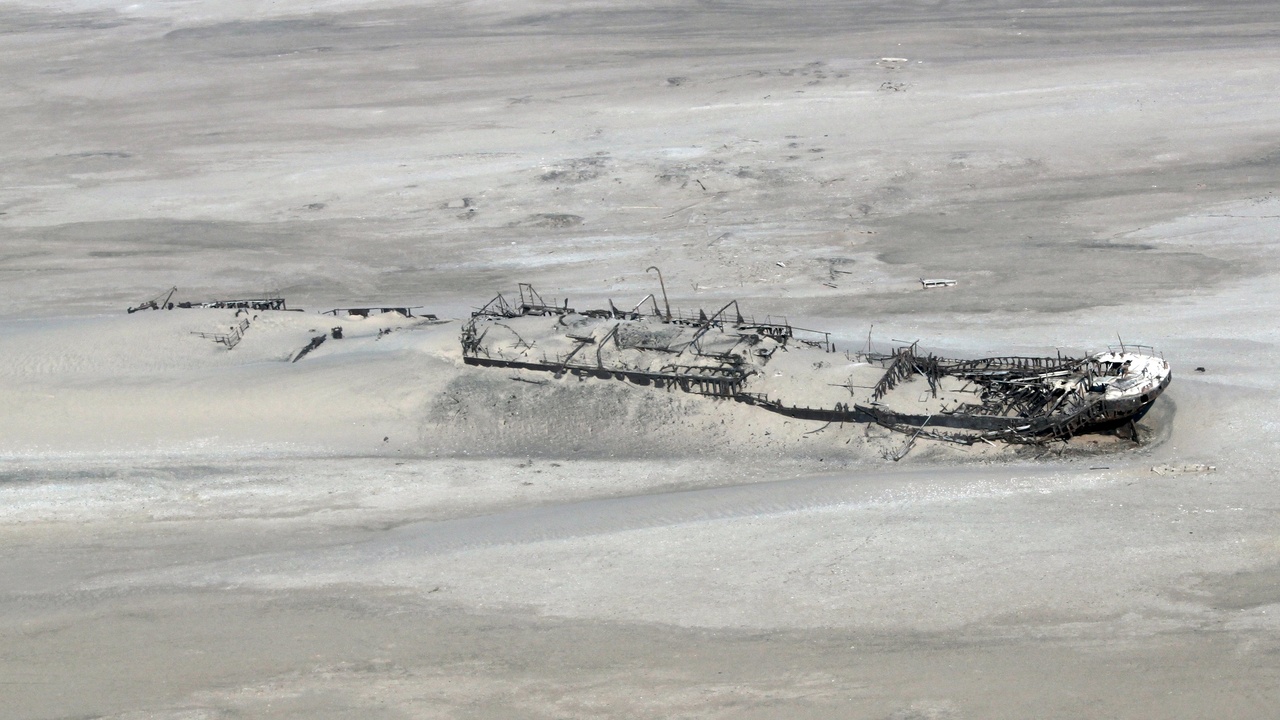
Namibia’s Atlantic coast, driven by the cold Benguela Current, frames a dramatic edge where desert meets sea—shipwrecks smattered along the Skeleton Coast, colonies of Cape fur seals, and sheltered lagoons that draw flamingos and dolphins. Towns such as Swakopmund and Walvis Bay serve as adventure hubs, offering sand sports, boat tours, and ocean excursions that contrast vividly with inland dunes.
Coastal trips are adventurous but require careful planning: tides and cold water temperatures demand experienced guides for remote drives, and the Skeleton Coast is very remote—permits and well-equipped 4x4s are essential. For wildlife watching and easier access, Walvis Bay’s lagoon offers boat tours to see flamingos, dolphins, and seals, while Swakopmund is the go‑to for sandboarding and quad biking.
4. Explore the Skeleton Coast by 4×4 — shipwrecks and seal colonies
The Skeleton Coast stretches roughly 500 km of remote shoreline, famous for tempestuous currents, bleached wrecks, and stark, wind‑scoured landscapes. Access is limited and usually requires guided 4×4 tours with permits; independent travel into the park is not advised without experienced drivers and emergency comms.
Guided trips offer photography stops at wreck sites, visits to Cape Cross’s large Cape fur seal colony, and sightings of desert shore birdlife. Book authorized operators or conservancy-guided excursions that work with local communities, carry satellite communication, and plan for seasonal weather changes that can make parts of the coast impassable.
5. Sandboarding and quad biking in Swakopmund
Swakopmund is Namibia’s adventure playground for dune sports—sandboarding, quad biking, and even skydiving for those seeking higher adrenaline. Short transfers from town get you to dune launch points, and activities typically last 1–3 hours depending on package and skill level.
Hire reputable operators such as Scorpio Adventures, wear protective gear, and follow safety briefings; family-friendly options exist alongside more intense routes for experienced riders. Respect dune closures, follow operators’ ecological guidance, and choose companies that maintain vehicles to reduce environmental impact.
Wildlife, Cultural & Land‑rover Safaris
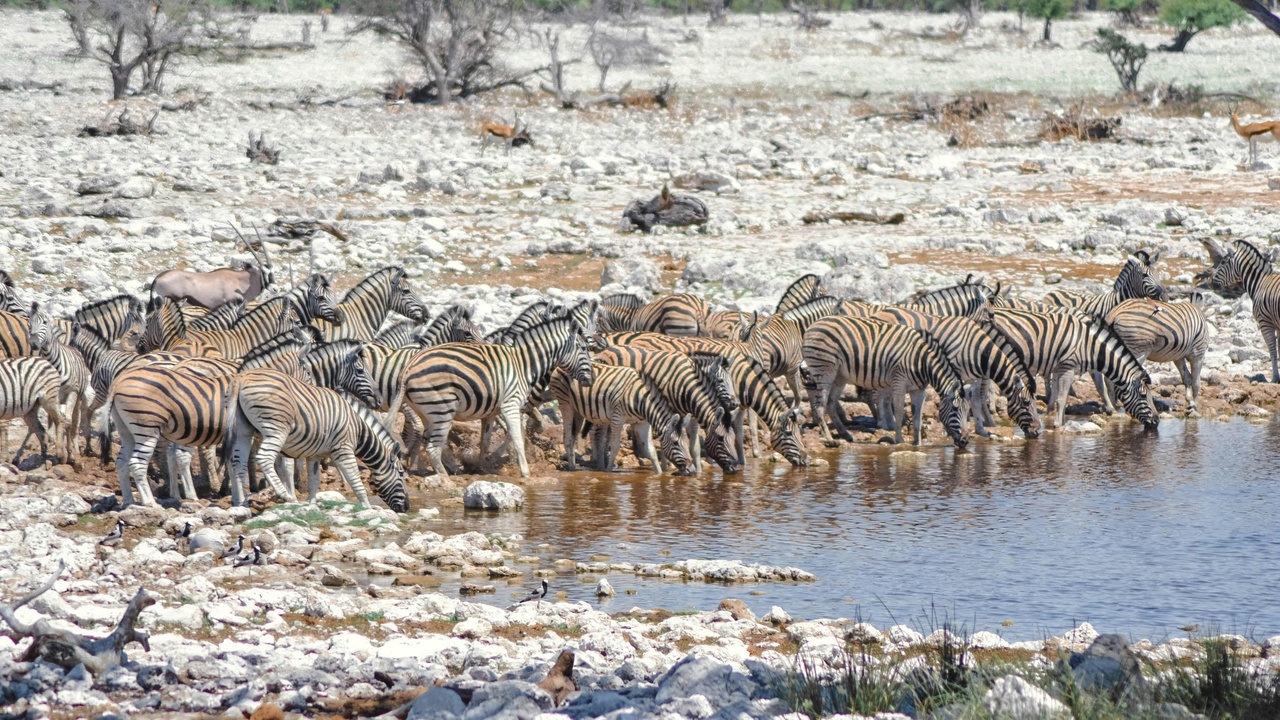
In the north and west, parks and conservancies combine wildlife and cultural encounters: Etosha’s salt pan and permanent waterholes concentrate game, Damaraland hosts desert‑adapted elephants and reintroduced black rhinos, and Himba communities offer insight into pastoral life. Ethical viewing and community-led tourism are central—many conservancy models channel revenue back into local projects and conservation.
These regions vary in scale: Etosha covers about 22,270 km² and offers accessible roads and camps, while areas like Palmwag in Damaraland rely on community concessions and guided tracking for low-impact wildlife viewing. Choose certified guides and operators who prioritize animal welfare and tangible community benefits.
6. Game drives in Etosha National Park
Etosha is one of southern Africa’s most reliable parks for seeing large mammals gathered at permanent waterholes; the park spans roughly 22,270 km². During the dry season (May–October), wildlife concentrates around water, making morning and late‑afternoon drives especially productive for sightings of elephants, giraffes, lions, and abundant plains game.
Visitors can choose self‑drive itineraries on paved and gravel roads or guided safaris for deeper insight; popular camps include Okaukuejo with its floodlit waterhole, Halali, and Namutoni. Follow park rules, keep a safe distance from animals, and carry water and fuel for longer loops.
7. Track desert‑adapted elephants and rhinos in Damaraland
Damaraland is known for its rare, desert‑adapted elephants and for conservancy-based reintroductions of black rhino; tracking occurs on rugged gravel plains and offers a rare chance to see animals adapted to sparse water and seasonal forage. Conservancies such as Palmwag coordinate tracking excursions that fund local livelihoods and conservation efforts.
Choose certified guides who focus on reading spoor and using non‑intrusive tracking methods, and expect drives or guided walks rather than high-density game viewing. These excursions support community conservation models and typically include talks on ecology and the value of protecting wide-ranging desert species.
8. Visit a Himba community for a cultural exchange
Respectful visits to Himba villages near Opuwo and Kunene offer meaningful cultural exchange: expect traditional dress, ochre skin treatments, and guided walks through settlement areas when visits are arranged through community programs. Small fees and purchases often go directly to community projects, making these visits a source of income when managed responsibly.
Arrange visits via reputable community tourism initiatives or local lodges with long-term relationships, ask permission before photographing people, and follow hosts’ rules about gifts and interactions. A well-run visit focuses on mutual respect, allows for genuine conversation, and avoids exploitative shopping or staged displays.
Summary
Namibia packs a wide array of high‑impact experiences into a compact travel footprint, from towering dunes and balloon sunrises to the barren beauty of the Skeleton Coast and concentrated game viewing in Etosha.
Pick operators that support conservation and community livelihoods, book sunrise and guided activities well ahead of high season, and always follow safety rules for remote coastal drives and desert travel.
Plan around seasonality—dry months concentrate wildlife, winter brings clearer night skies—and prioritize low‑impact practices so these landscapes and cultures remain vibrant for future visitors.
- Book sunrise dune climbs or balloon flights in advance and arrive early for best light.
- Hire licensed guides for Skeleton Coast 4x4s and Damaraland tracking; bring emergency comms.
- Respect village customs during Himba visits—ask before photographing and use community‑run programs.
- Support operators that reinvest in conservation and local communities to keep these Namibia activities sustainable.

